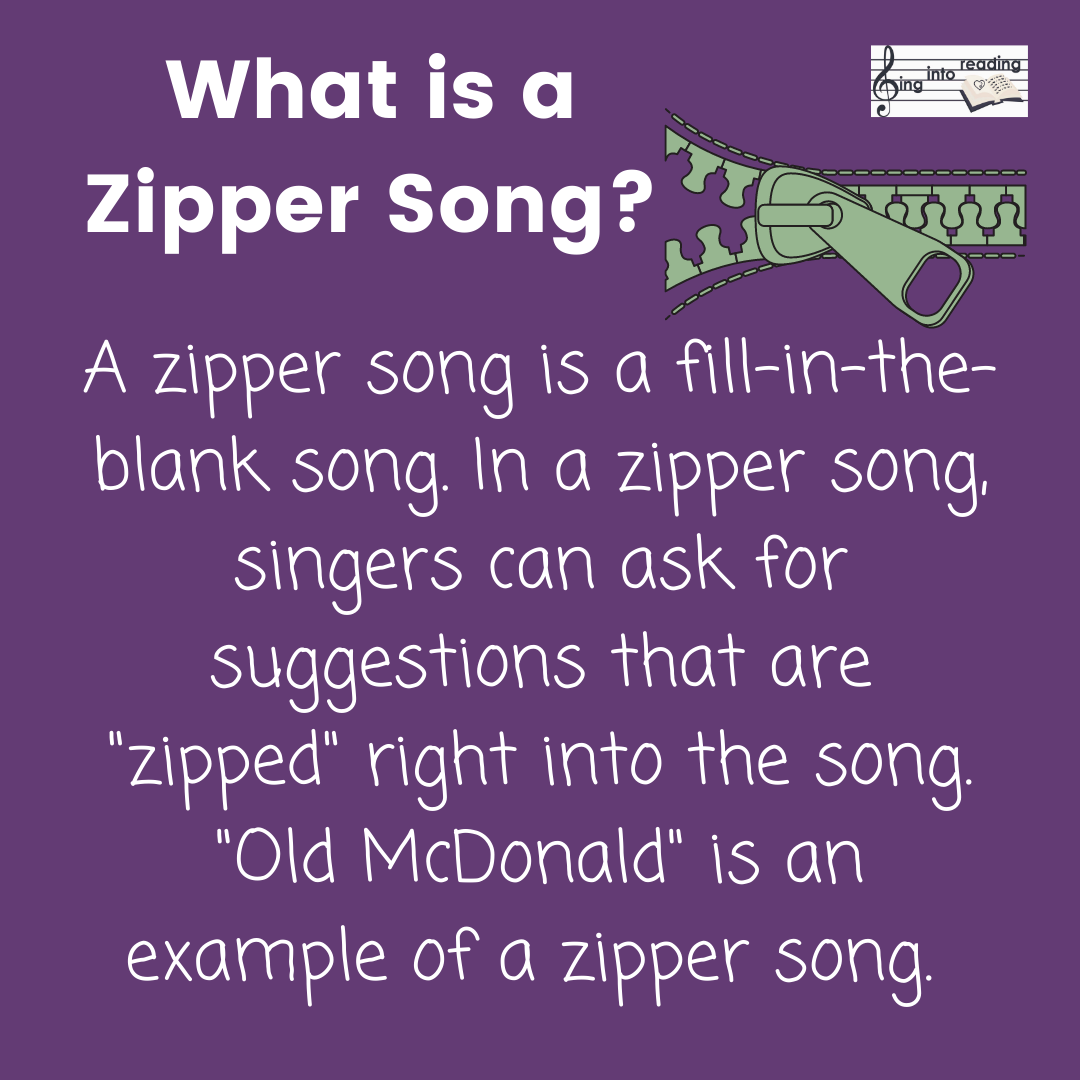Sing into Reading: the Blog
Little ones love literacy.
Music is magic!
Recognizing Our Children as Readers
In this "Edutalk" I explore recognizing our children as readers, no matter what level they read at currently. I redefine literacy, reading, and writing to a wider definition of these words. In this talk, I explain how this wider view of literacy is more encouraging for our children.
I want to thank Noha Barrania of Edulane. Noha has given me permission to post this on the Sing into Reading blog. You can find more edutalks by other educators at https://www.facebook.com/edulaneeg
Keep singing,
Risa
Zipper Songs
Zipper songs are fantastic tools for teaching literacy. A zipper song is a "fill-in-the-blank song." I ask the children to fill in the blank, and zip their ideas right into the song. For example, my song, "Holidays are For Family" is a zipper song, since I can ask the students their favorite holidays and then sing about them.
In this blog, I talk about how to use zipper songs to teach literacy. Zipper songs can be used for modeled reading, shared reading, modeled writing, interactive writing, independent reading, and independent writing. The suggestions students make for zipper songs can easily be a springboard into word study and phonics work.
What is your favorite zipper song?
Keep singing,
Risa

Shared Reading
Shared Reading is an important component of any balanced literacy curriculum. Shared Reading happens in the classroom when a teacher uses a bigbook or a chart with large print to read not to the class, but with the class. All members of the class "share" the reading. Shared reading mimics the laptime experience a child gets at home with a parent. Songs make terrific shared reading texts. In a classroom, songs can be printed in large print on chart paper. At home, songs can be written or printed on regular sized paper.
Over the course of a week, reading the same shared reading text daily, you may go through progressive lessons. The first day, you might do modeled reading. The next day you might leave out the last (rhyming or predictable) word of a line, allowing the child to read that word. This technique is called oral cloze. The next day, you might act out the song, or move to it. Then you might do choral reading, with everyone reading together like a chorus. For a comprehension acti...
Balanced Literacy With Music
What is Balanced Literacy? Balanced Literacy is a reading curriculum that includes Read Aloud, Modeled Writing, Independent Writing, Independent Reading, Shared Reading, Interactive Writing, Guided Reading, Phonics and Word Study.
I learned about Balanced Literacy at The Reading and Writing Project (TRWP) at Teachers College, Columbia University. What I do differently at Sing into Reading is that I use songs as our texts.
Keep singing,
Risa
A Child in the World: The Developmental-Interaction Approach
At Bank Street College, I learned the developmental-interaction approach, or "The Bank Street Approach." This progressive approach to education is a whole-child approach that places as much value on a child's social and emotional development as on a child's academic development. At Sing into Reading, we value SEL (social emotional learning).
One of the hallmarks of the developmental-interaction approach is the child-centered social studies curriculum. We start our social studies curriculum with the center: the self. A child moves through the curriculum in ever-widening arcs of experience, progressing through a family study, a community study, national studies, international studies, and then astronomy. Just as Maria Montessori talks about "sensitive periods" - periods of time when a child is easily able to learn certain concepts, the developmental-interaction approach recognizes that a child is self-centered, and that their interest in the outside world expands over time. At Sing in...

